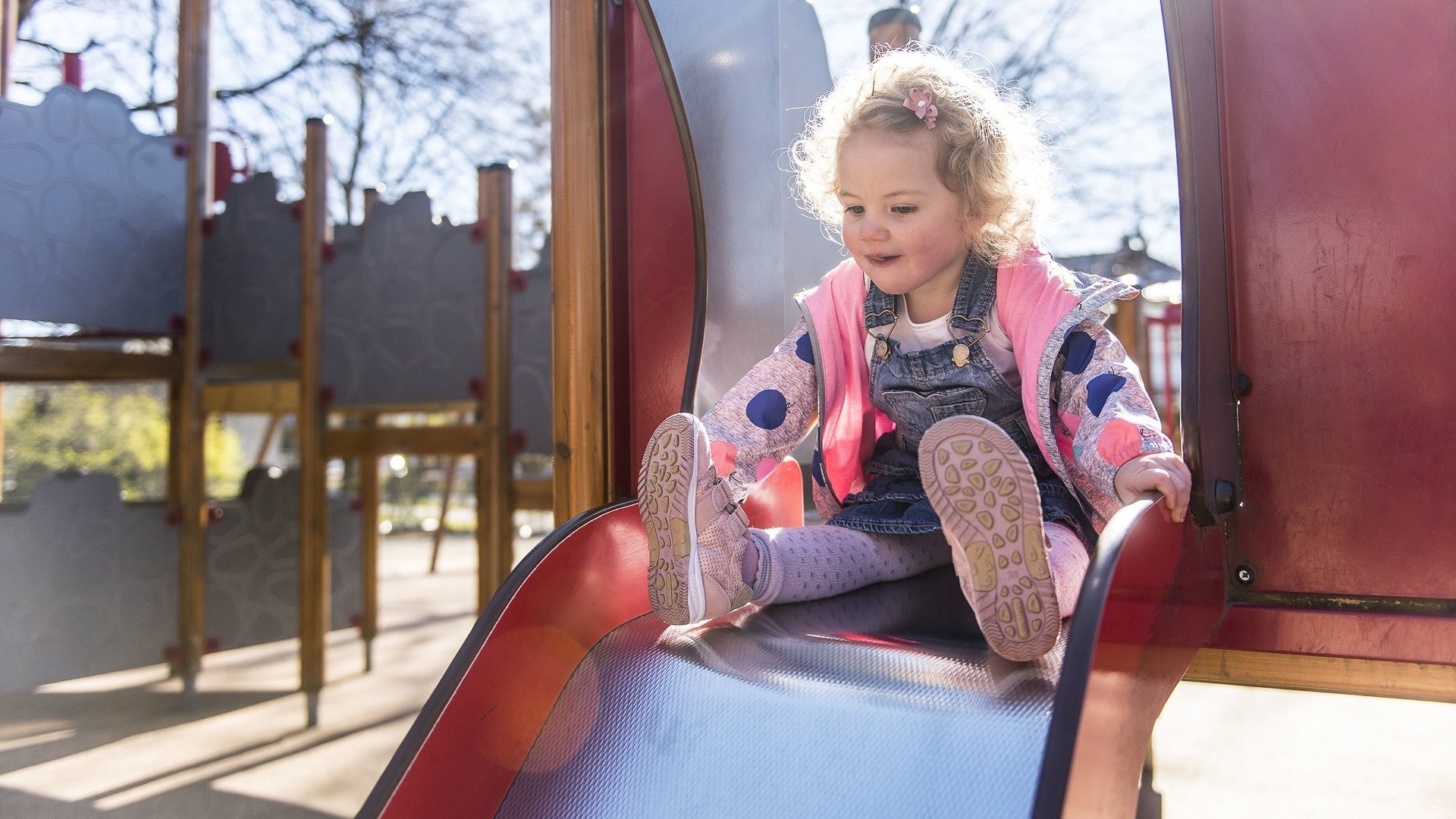
It is hard to believe but a small kids shoe consists of many different components and textiles. Some more visible and more familiar than others, but all of them are equally an important part of the construction. In this article, we will discuss why it is advantageous to choose children’s shoes with natural rubber soles.
It ensures a good grip on the ground
Kids are full of energy - moving up steep slopes and down deep valleys. However, they are not as good at noticing if the ground is wet, slippery or muddy. The balance and movement skills are also far from complete. Therefore, the kids need help from their shoes. In Viking, we have researched and produced children's shoes for almost a hundred years, and found that natural rubber soles provide the best grip on difficult surfaces. This is because the rubber stays soft even at high and low temperatures. In contrast, plastic gets hard in cold weather, which makes the shoes very slippery in the winter.
However, rubber is not just rubber. It can be composed differently and comes in different hardness. A Shore scale measures this. Rubber soles are usually somewhere between the hardness of a skateboard wheel and a bowling ball. The soles we produce are softer, somewhere between rubber bands and skateboard wheels. Then it is natural to think that the heaviest and hardest rubber gives the best grip, but we have found that the slightly softer rubber grips the surface better because it is more flexible, while being more non-slippery.
Shoes that also have a crease pattern in the rubber sole are usually a good buy. This will ensure that junior gets a good grip on the ground even if the terrain varies. For example, if he were to balance on a wet tree trunk that has rolled over the forest path.
Natural rubber has great durability
Natural rubber is a pure material made from the rubber from the rubber tree (latex), which gives a superior quality and durability compared to synthetic rubber. The material is particularly well suited to use in waterproof shoes and many therefore associate natural rubber with rubber boots. There is nothing wrong with that, but it would be a shame to reduce the use of such good material to just one shoe type. Natural rubber works very well in the hiking shoes of active children.
In addition to being very durable, the rubber compound we use is 30% lighter than regular rubber, which means the shoes are lighter on the foot. This is especially important for young baby feet who cannot bear to be heavy.
Maintenance of shoes with natural rubber
Natural rubber should be stored in a cool basement or a closet and sprayed with silicone spray at regular intervals. Keep your shoes away from direct sunlight, heating cables and shoe dryers. This will dry out and cause cracks in the rubber.
If you have natural rubber boots, a gray-white coating may occur. This means that some of the raw rubber has come to the surface of the boot and started to react with the oxygen in the air. This is called "blooming" and can easily be fixed by spraying the shoes with silicone spray. The reason why this often occurs on quality boots is precisely the high proportion of natural rubber. In other words, a quality sign.





